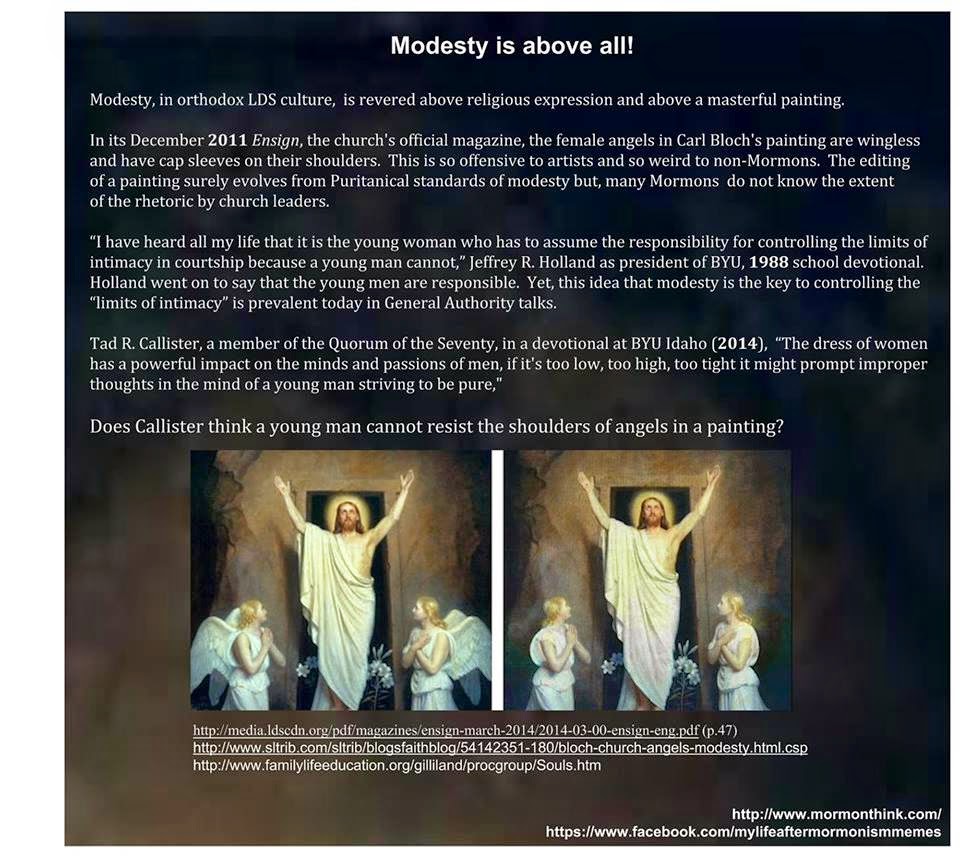The Glory of Zion Will Be a Defense
Isaiah 1–6
LDS manual: here
Reading
Now we’re into Isaiah. Many people are accustomed to thinking of Isaiah as one person. These people may be in for a surprise, as the Book of Isaiah was written by three people (or groups of people) at different times. There was Proto-Isaiah in chapters 1–39; Deutero-Isaiah, in chapters 40–55; and Trito-Isaiah, a committee who wrote chapters 56–66.
How do we know Isaiah was three people? By the science of forensic linguistics, the basis of which is that language offers us choices. Everyone has their own way of speaking, their own verbal tics and habits. Do you say that you “start” to do something, or do you “begin” to do something? Do you write ‘Internet’ with a capital I, or not? These stylistic choices are largely outside of our control, and can be used to identify us by our writing.
In the same way, each of the three sections of Isaiah show different characteristics, as though different people wrote it. Proto-Isaiah says “The Lord, Yahweh of hosts”, “remnant”, and “to stretch out the hand”, whereas Deutero-Isaiah never does. He does, however, say “all flesh” and “chosen” a lot, which Proto-Isaiah never does.
The idea of Isaiah as three people writing at different times will come into play a couple of lessons down the road, where we’ll see that Joseph Smith and friends blithely placed Isaiah’s words onto Nephi’s plates, without realising that Nephi wouldn’t have had access to them.
For this lesson, we’re in the domain of the first Isaiah.
Main point from this lesson
How to understand Isaiah
A Gospel Doctrine lesson is likely to offer some tips for understanding Isaiah. That’s what I did anyway, when I taught this class in Sunday School. I had two tips that I was very proud of, and that I thought were rock-solid at the time. They were:
1. It’s difficult to understand what Isaiah is prophesying about until after it happens.
2. Isaiah’s prophecies can have multiple fulfilments, both temporally and spiritually.
No, I’m serious, those were the tips. I swear to Zeus, I said that to a room full of grownups and nobody laughed. They all just swallowed it down. I think someone might have taken notes. I should have been embarrassed, and the members should have been rolling their eyes. But no, everyone nodded sagely.
Here’s why I should have been embarrassed. A prediction needs to be specific in order to be any use. I mean, it’s not much of a prediction if you can’t tell what it refers to until after it happens, is it? There’s no point in predicting that (say) a war will happen, but not giving a specific time or place. Wars are always happening, and it would be easy to point to some war, and claim a fulfilment of prophecy. There’s no point in predicting it will rain, but at some indefinite point in the future, and then claiming fulfilment when it eventually rains. Seriously, what wouldn’t count as a fulfilment of prophesy using that principle? “The cat sneezed. Isaiah was right again!” You could drive a truck through that.
So on point 1, of course it’s easy to tie some event back to a vague and poetic prophesy by Isaiah after the fact. But this is meaningless. And point 2 — allowing for multiple targets — just makes it easier for the believer to claim a hit.
So now I have one tip for understanding Isaiah, and every other prophet: They’re all either con artists, or they’re people with real problems. The problem is that people believe them.
Additional teaching ideas
Seraphim!
Isaiah 6 describes angels with wings. Six of ’em.
6:1 In the year that king Uzziah died I saw also the LORD sitting upon a throne, high and lifted up, and his train filled the temple.
6:2 Above it stood the seraphims: each one had six wings; with twain he covered his face, and with twain he covered his feet, and with twain he did fly.
Mormons really hate the idea of angels with wings. I suppose it’s because in the Mormon universe, angels are always human in origin. No wings on them.
There are two kinds of beings in heaven who are called angels: those who are spirits and those who have bodies of flesh and bone. Angels who are spirits have not yet obtained a body of flesh and bone, or they are spirits who have once had a mortal body and are awaiting resurrection. Angels who have bodies of flesh and bone have either been resurrected from the dead or translated.
But that wasn’t the view of the writer of Isaiah.
Funny story: I used to be Stake Music Director, and I directed the Stake choir. That was my favourite calling ever. I loved putting musical programmes together. I used to pick classical songs with lots of Latin, which got me in a bit of trouble sometimes. Members used to grizzle about it a bit, but the Stake Presidency had my back. They were cool guys, really.
For one musical fireside, I decided to have the choir and soloists doing musical numbers about the Atonement, but with relevant artwork projected on the wall. And for the Resurrection, I used The Resurrection (1873) by Carl Bloch.
And I got complaints. Why? You guessed it — angels with wings. Couldn’t believe it.
And it looks like the dear members in Dianella Stake aren’t the only ones who have a problem with this Bloch painting. When the painting was used for an Ensign cover, the wings got ‘Shopped out. Here’s the before and the after.
Ask: Can you spot the differences?
There’s more to this Photoshop job than just wings. Check out the shoulders.
Yep, they’ve covered the bare shoulders. Apparently, there’s a war on bare shoulders in the church these days. They’ve always preached about modesty, but this is something new, just in the last ten or twenty years or so. I don’t remember people haranguing little girls about their shoulders when I was growing up in the church. Call it hypermodesty.
Ask: People sometimes caution against sexualising children. In what way does a focus on modesty itself sexualise children?
Answer: By training children (especially girls) to be especially aware of their clothing and how they look, instead of allowing them just be kids, hypermodesty is actually training kids to think along sexual lines. Instead of preserving innocence, it removes it.



23 September 2014 at 2:32 pm
"No, I'm serious, those were the tips. I swear to Zeus, I said that to a room full of grownups and nobody laughed."
This made me laugh. 🙂
Good point….
"By training children (especially girls) to be especially aware of their clothing and how they look, instead of allowing them just be kids, hypermodesty is actually training kids to think along sexual lines. Instead of preserving innocence, it removes it."